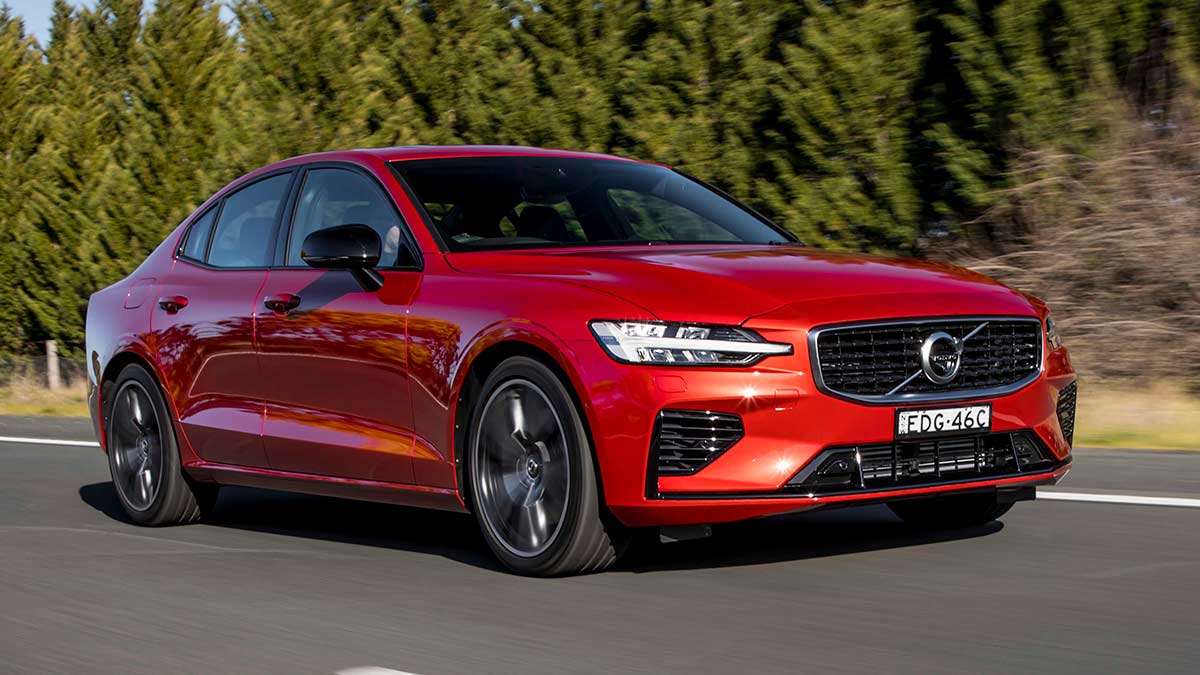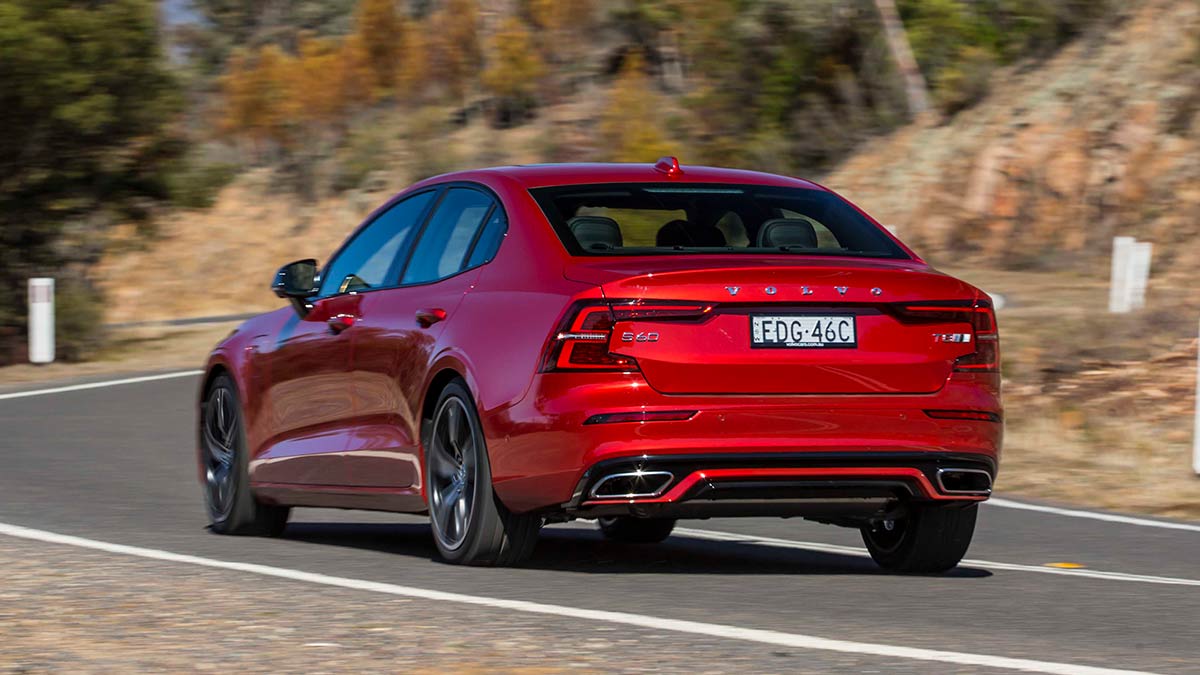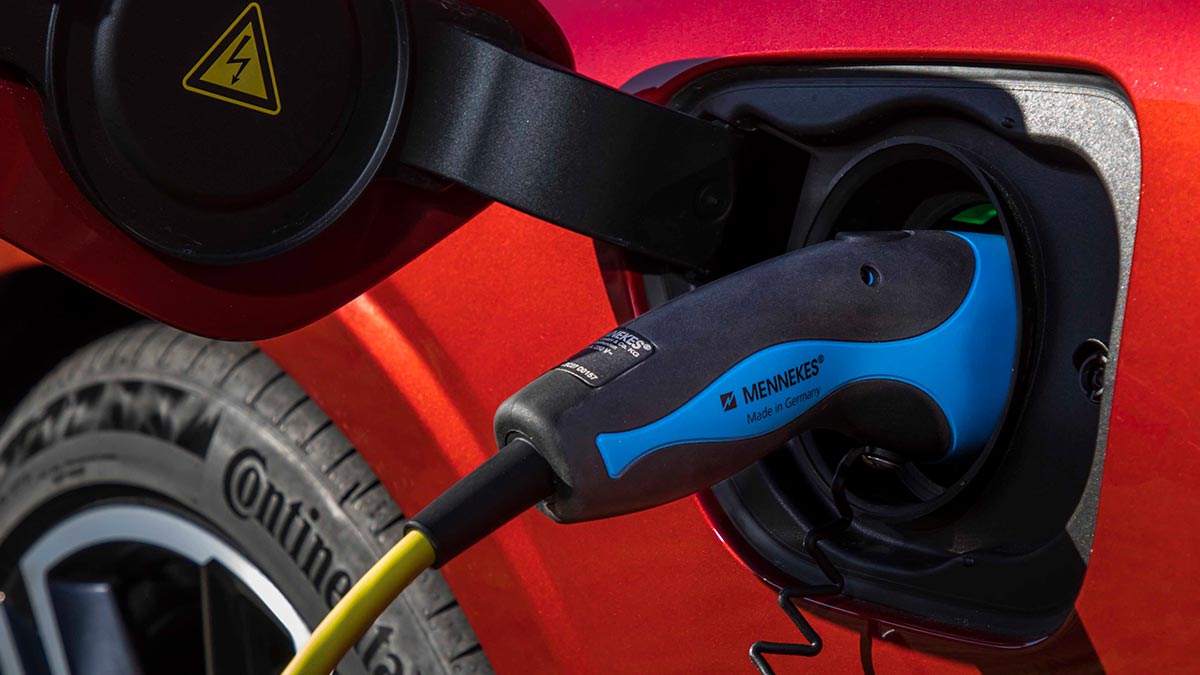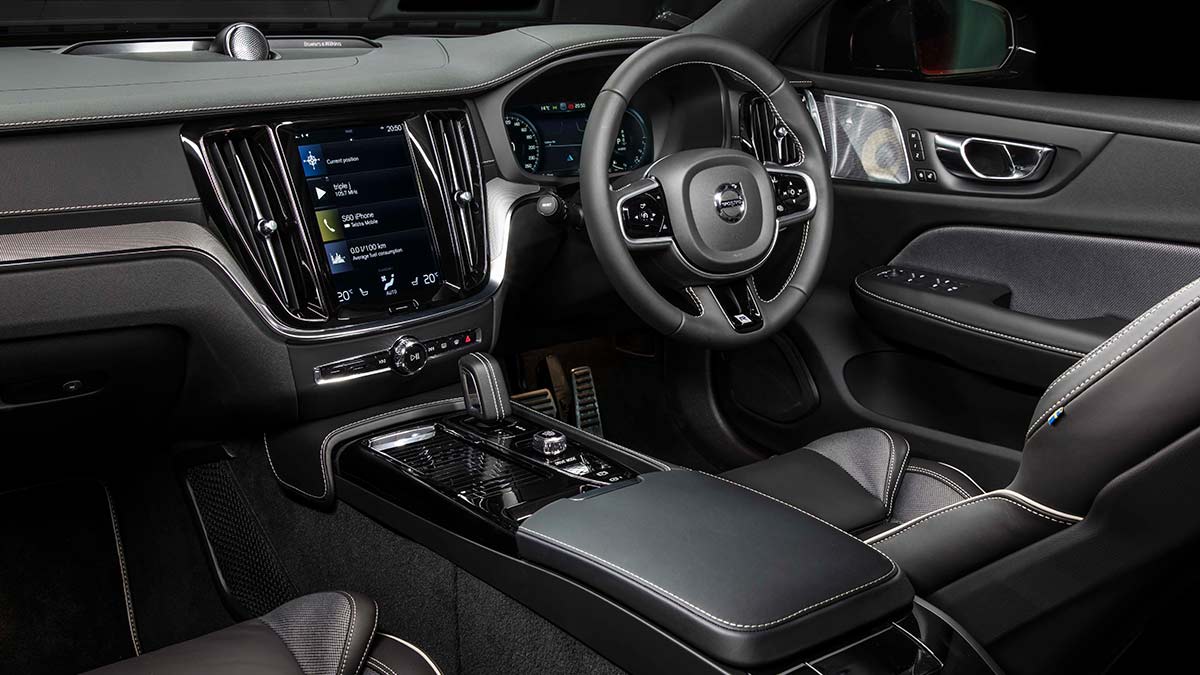The ninth-generation Toyota HiLux has arrived, bringing with it a futuristic forward exterior design, more safety and tech and the same rugged capability owners love. Will the updates tempt private buyers away from the Ford Ranger or are they just enough to keep fleets onside?
Volvo S60 T8 R-Design 2020 road test review

Tim Nicholson puts Volvo’s sophisticated S60 hybrid through its paces.
These days Volvo is best known for its range of highly regarded SUVs, but the Swedish marque has a long history of building safe and reliable sedans and wagons. The US-built S60 and its wagon twin the V60 launched in Australia in September last year. With last year’s demise of the larger S90, the S60 is the only sedan left in Volvo’s stable.
The S60 competes with other premium medium sedans like the BMW 3 Series, Mercedes-Benz C-Class, Jaguar XE, Alfa Romeo Giulia, Lexus IS and Genesis G70. It is available with a choice of two powertrains and three specification grades. Most variants use a 2.0-litre turbo-petrol engine. We tested the $84,990 (plus on-road costs) T8 R-Design plug-in hybrid which is the performance and efficiency flagship. The other two plug-in hybrids in the segment are BMW’s 330e ($81,900) and the Mercedes-Benz C300e ($82,300).
Thumbs up
Scandinavian style inside and out, brisk performance and the potential for much lower fuel bills.
Thumbs down
More a four-seater than five-seater, big price premium over petrol S60 T5 R-Design.
Specification wise, the Volvo has more standard gear than its German counterparts, which justifies the slight price premium.
The new S60 rides on Volvo’s Scalable Product Architecture platform that underpins the XC60 and XC90 SUVs. It is slightly larger than the BMW and Mercedes in all dimensions except height. It’s a handsome car with a typically Scandinavian minimalist design, enhanced by the R-Design’s sportier bodykit.
Inside the classy Volvo cabin, the dash layout and interior design mirrors the XC60. The superb R-Design leather/cloth seats are incredibly supportive and the cabin is bathed in soft-touch materials with stitching, while striking metal flourishes run the width of dash.
Volvo’s operating system housed in the nine-inch central screen takes some familiarisation but it’s top notch. To find functions in the menu you simply swipe between screens – one way for audio and connectivity, the other way for vehicle settings and safety systems, and swipe again for convenience features. This feels less distracting than having to dig into menus to find a function.
In the second row, the focus is on comfort, with face-level air vents and lovely outboard bucket seats. The huge transmission tunnel renders the middle seat all but useless so best to think of the T8 as a four-seater. There’s plenty of leg room and enough space to easily fit behind my six-foot driving position, but head room is limited back there for taller occupants. The S60 misses out on rear USB chargers.
The boot is long but shallow and the components of the hybrid system have only left room for a tyre repair kit rather than a spare wheel. The boot’s 390-litre capacity sounds small but it is more than the plug-in BMW (370 litres) and Benz (300 litres).
The 2.0-litre turbo engine and electric motor pumping out a combined 311kW/680Nm is responsive and punchy and turbo lag has been eliminated. It picks up speed quickly in hybrid mode, with Volvo claiming a 4.3-second 0-100kmh time. The smooth powertrain, including the slick-shifting eight-speed auto, handles the car’s heft (it’s 239 kilograms heavier than the T5 petrol) with ease.
Ride quality is good rather than excellent, but there’s little to complain about. Most small corrosions are handled without fuss despite the car’s weight and lower-profile tyres. Steering is sharp, but some mild vibration was detected on rough roads.
Find a winding road and you’ll be rewarded with the handling characteristics of a true sports sedan. The on-demand all-wheel drive and grippy tyres ensure the S60 holds the road even on unsealed sections, and while it can’t quite match the BMW 3 Series or Jaguar XE for driver engagement, it’s still an impressive drive. The feeling of sportiness is enhanced by the driving position, cockpit-like cabin, squat stance and smallish steering wheel. The cabin is well insulated from outside noise.
‘Polestar Engineered’ – Volvo speak for Sports mode – sharpens the throttle, adds weight to the steering, firms up the suspension and gives the engine a louder bark. The S60 becomes a bit of a beast in this mode.
It’s jam-packed with the latest driver-assist and safety gear, but the lane-keeping aid bounced the car between line markings in a bid to centre it. The Park Assist Pilot self-parking system worked flawlessly.
One of the key benefits of a PHEV is the ability to use it in full electric mode. The T8 has an electric-only driving range of 50 kilometres before requiring a charge. If your daily commute isn’t long, and if you charge the vehicle regularly, you might not use the petrol engine at all.
Even in hybrid mode the S60 uses electric propulsion under 40kmh, while a charge mode puts some charge back into the battery while driving. Charging the battery using a standard three-pin socket takes five hours – less if you use a high-powered charger.
We recorded average fuel use of 3.5 litres per 100 kilometres, up on the official 2.0L/100km figure. When the battery was depleted, fuel use skyrocketed to 12.6 litres after being pushed. That’s not uncommon with PHEVs. Once the battery is out of juice, the petrol engine takes over and because it’s heavier than the regular petrol S60, it works harder. Moral of the story? Charge the battery whenever you can.
Given the $20,000 price difference between the petrol T5 R-Design and T8 R-Design, you’d want to make sure you’re getting the most out of the latter’s PHEV powertrain.
The verdict
Volvo has injected excitement into its cars. The S60’s sophistication helps it stand apart from its German rivals.
|
Pricing |
List price: $84,990 plus on-road costs. |
|---|---|
|
Drivetrain |
2.0-litre four-cylinder turbocharged petrol engine, electric motor and plug-in hybrid system, eight-speed automatic transmission, on-demand all-wheel drive. |
|
Fuel |
95 RON petrol, 60-litre tank. |
|
Standard safety |
Autonomous emergency braking with pedestrian, vehicle, large animal and cyclist detection, intersection collision and oncoming mitigation with brake support, blind-spot information system with cross-traffic alert, front and rear collision warning, run-off road mitigation. |
|
Standard features |
Nine-inch touchscreen display, Apple CarPlay/Android Auto, digital radio, satellite navigation with road-sign information, Nappa leather accent upholstery, dual-zone electronic climate control, keyless entry and start, power foldable rear backrest and headrest. |
|
Warranty |
Five-year/unlimited-kilometre warranty. Eight-year battery warranty. Three-year/45,000km service plan. Service intervals every 15,000km or 12 months. |






